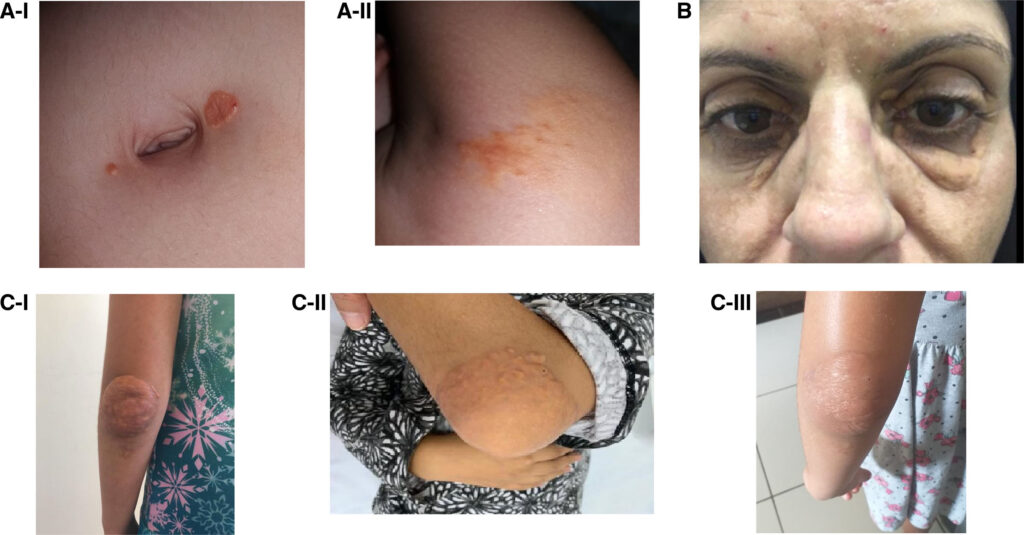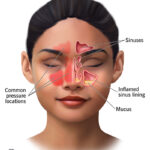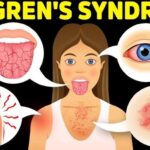Sitosterolemia is a rare genetic disorder characterized by the abnormal accumulation of plant sterols (phytosterols) in the body, particularly sitosterol. This condition disrupts cholesterol metabolism, leading to elevated cholesterol levels in the blood and premature cardiovascular disease. Sitosterolemia is inherited in an autosomal recessive manner, meaning a person must inherit two copies of the defective gene, one from each parent, to develop the disorder.

Causes and Mechanism of Sitosterolemia
Sitosterolemia arises due to mutations in the ABCG5 or ABCG8 genes, which encode proteins involved in the regulation of sterol transport in the intestine and liver. These proteins are responsible for maintaining the balance of cholesterol and phytosterols in the bloodstream. When either of these genes is mutated, the ability to efficiently transport and excrete plant sterols is impaired. As a result, sitosterol and other phytosterols accumulate in the blood and tissues, leading to a series of complications.
The ABCG5 and ABCG8 proteins typically function to block the absorption of plant sterols from the diet. In individuals with sitosterolemia, this process is compromised, allowing for excessive accumulation of sitosterol in the body, which mimics the behavior of cholesterol. As a result, cholesterol levels become abnormally elevated, contributing to early-onset atherosclerosis and other cardiovascular issues.
Symptoms of Sitosterolemia
The clinical presentation of sitosterolemia can vary, but it generally includes a combination of lipid abnormalities, premature cardiovascular disease, and distinctive physical features. Key symptoms and signs of sitosterolemia include:
- Hypercholesterolemia: Elevated cholesterol levels are a hallmark of the disorder, leading to the development of atherosclerotic plaques in the arteries.
- Premature Cardiovascular Disease: Due to early-onset atherosclerosis, individuals with sitosterolemia may develop heart disease, including myocardial infarction or stroke, at a young age.
- Xanthomas: Fatty deposits under the skin, especially around the eyes, elbows, knees, and tendons.
- Arthritis: Joint pain or swelling may occur in some patients, especially in association with xanthomas.
- Hemolytic Anemia: Some individuals may experience anemia due to the accumulation of plant sterols in red blood cells, which can lead to cell membrane instability and premature destruction of red blood cells.
- Cholesterol-Laden Atheromas: These are plaques formed by excessive cholesterol in the arteries, leading to the narrowing and hardening of blood vessels.
Diagnosing Sitosterolemia
Diagnosis of sitosterolemia involves a combination of clinical evaluation, laboratory tests, and genetic screening.
Key Diagnostic Approaches:
- Plasma Sterol Profile: Elevated levels of plant sterols, particularly sitosterol, are indicative of sitosterolemia. This can be measured through blood tests.
- Genetic Testing: Molecular genetic testing for mutations in the ABCG5 and ABCG8 genes can confirm the diagnosis.
- Lipid Panel: A cholesterol profile showing high total cholesterol and low-density lipoprotein (LDL) cholesterol levels, despite the absence of common causes of hypercholesterolemia, is often seen in sitosterolemia.
- Skin Biopsy for Xanthomas: A biopsy may be performed on skin lesions to assess the presence of cholesterol or phytosterol deposits in the tissue.
Treatment and Management of Sitosterolemia
There is currently no cure for sitosterolemia, but treatment is focused on managing cholesterol levels, preventing cardiovascular complications, and reducing phytosterol accumulation. Key treatment strategies include:
1. Dietary Modifications
- Phytosterol Restriction: Since sitosterolemia is caused by the accumulation of plant sterols, it is essential to limit dietary sources of phytosterols. This includes avoiding foods such as vegetable oils, nuts, and seeds, which are high in plant sterols.
- Cholesterol-Lowering Diet: In addition to phytosterol restriction, a low-fat, low-cholesterol diet is recommended to help manage cholesterol levels and prevent cardiovascular issues.
2. Medications
- Statins: Statins, commonly used to lower cholesterol, may be prescribed to help reduce the levels of cholesterol in the bloodstream.
- Ezetimibe: This medication can block the absorption of cholesterol from the intestine, further aiding in the reduction of plasma cholesterol levels.
- Bile Acid Sequestrants: These drugs bind to bile acids and prevent their reabsorption, helping to lower cholesterol levels in the blood.
3. Lipid Apheresis
- In severe cases where medication is not effective, lipid apheresis may be used. This procedure involves the removal of excess cholesterol and other lipids from the bloodstream.
4. Genetic Counseling
- As sitosterolemia is inherited in an autosomal recessive manner, genetic counseling is essential for families affected by the disorder. This helps individuals understand the risks of passing on the condition to their children and the importance of early diagnosis.
Long-Term Outlook and Prognosis
With early diagnosis and appropriate treatment, individuals with sitosterolemia can manage their cholesterol levels and prevent the severe complications associated with the condition. However, without treatment, the accumulation of phytosterols and the resulting atherosclerosis can lead to premature cardiovascular events, including heart attack, stroke, and even death.
The prognosis for sitosterolemia patients depends largely on the age of onset, the presence of cardiovascular disease, and how well the individual adheres to dietary and medication management.
Prevention of Sitosterolemia
Since sitosterolemia is a genetic disorder, there are no known ways to prevent it from occurring. However, individuals with a family history of the condition can benefit from early genetic testing and routine monitoring of cholesterol levels. Early intervention with dietary changes and medications can prevent the development of severe complications and improve long-term health outcomes.
Sitosterolemia is a rare but serious lipid metabolism disorder that results in the abnormal accumulation of plant sterols in the body. Early diagnosis, effective dietary modifications, and appropriate medical treatment are crucial in managing the condition and preventing cardiovascular complications. With proper care, individuals with sitosterolemia can live a healthy life, though lifelong management is essential to minimize health risks.

